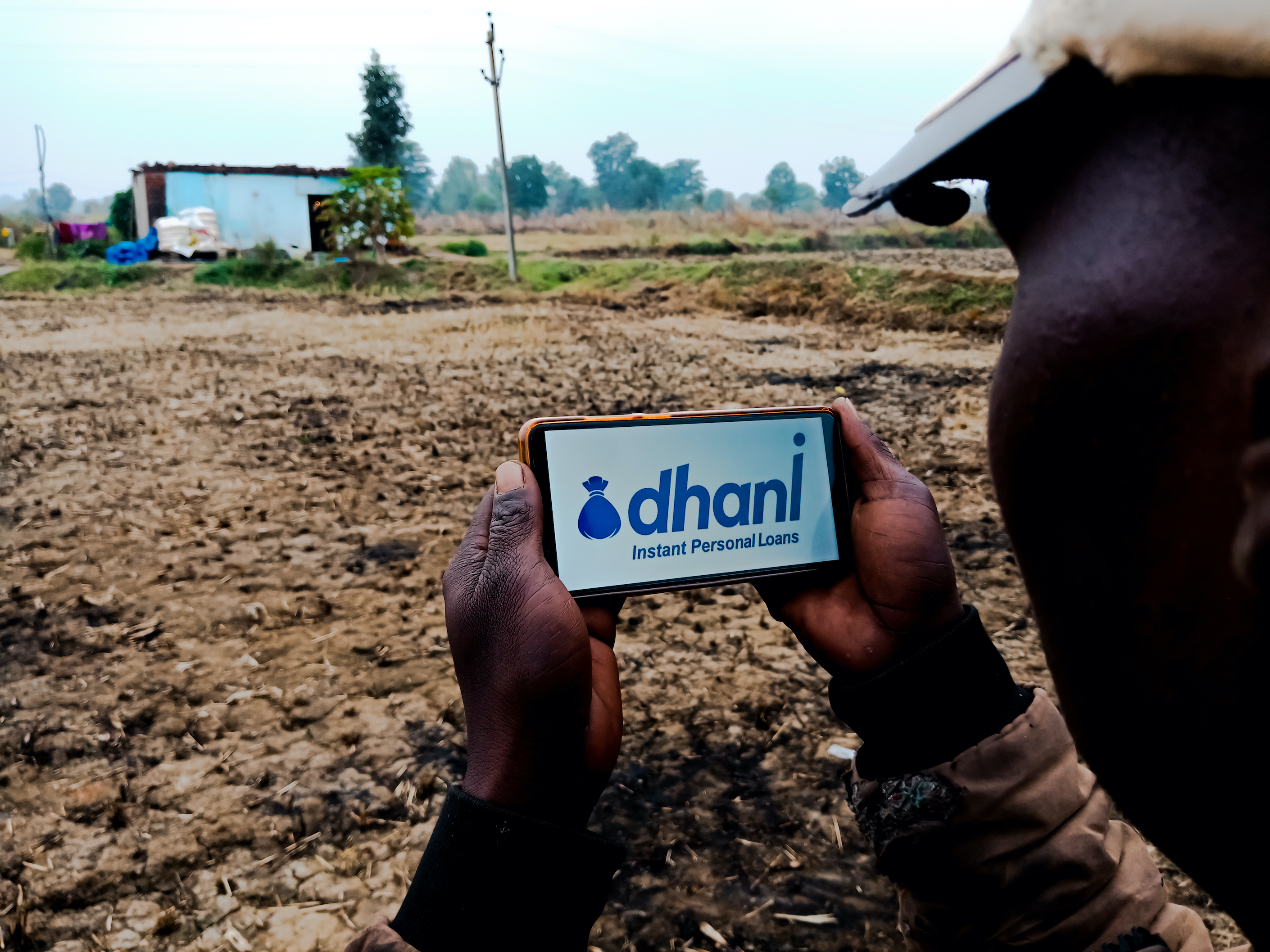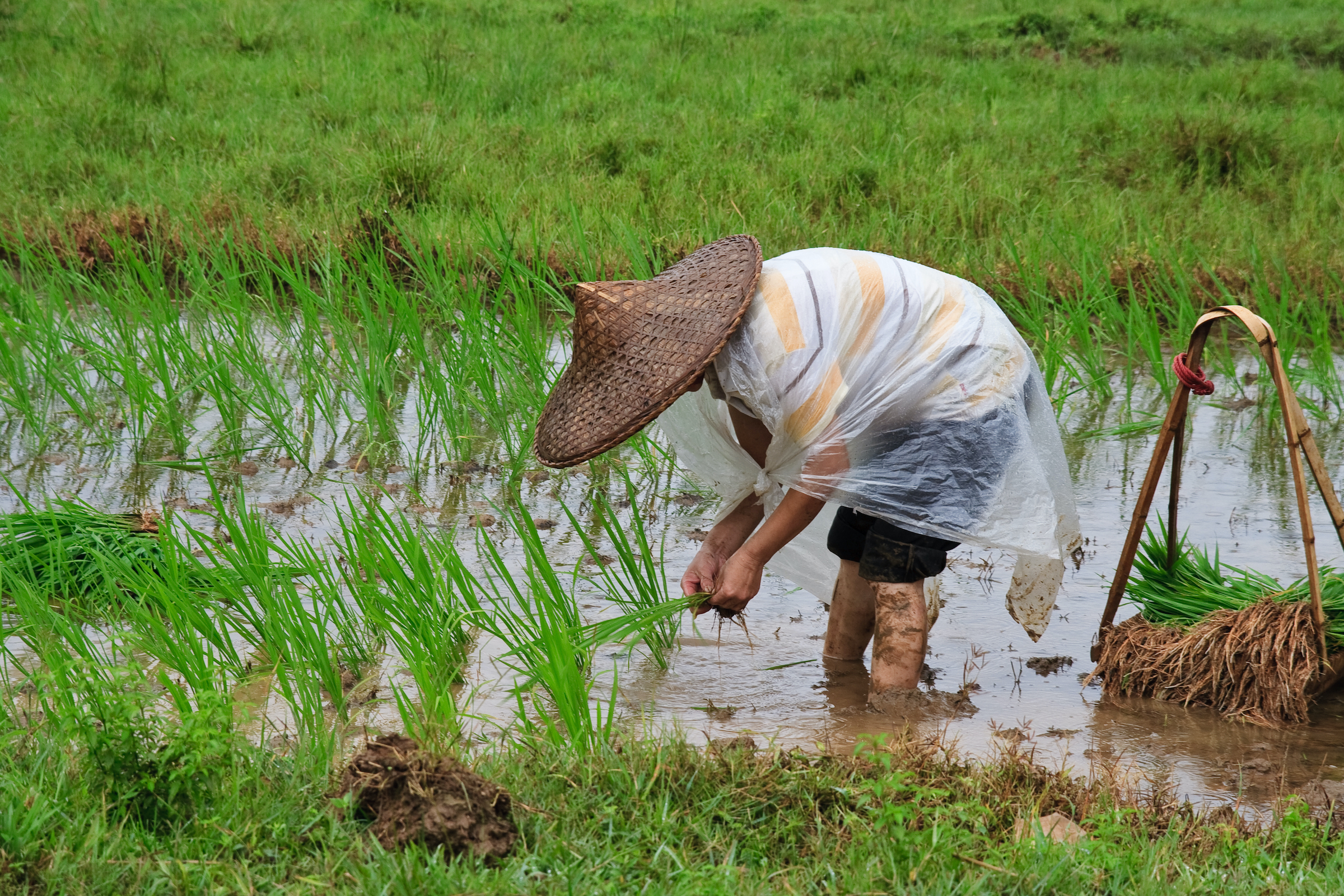For the past 20 years, there’s been a lot of enthusiasm towards the potential that digital technologies, especially smartphones, might have to empower people in the Global South, particularly in poorer communities. The expectation was that these technologies would allow users to carry out commerce in an easier way, or to find online banking when they didn’t have access to banks where they lived, offering them economic empowerment.
I first started studying rural communities in China in the late 2000s, and back then it wasn’t really about smartphones – which were just beginning to become available in rural areas. Back then it was more about telecentres – community centres where there would be an internet-connected computer and other tools, like websites to allow farmers to find new markets or to get advice from experts that might be located elsewhere.
From the supply side, there was a lot of enthusiasm towards these initiatives, so there were a lot of websites that were built to help farmers. For example, in China, I remember a website from those early days that would help farmers recognise what kind of problems their crops might have. Other websites were designed to allow farmers to find new markets by connecting directly to consumers, skipping the middleman. However, when I went to villages and talked to farmers they did not use any of these services. They often had mobile phones and sometimes computers, but they weren’t really using them for business.
The aura of technology
Computers themselves had this aura of potential. I visited an agricultural products shop where the owner had a brand-new desktop right in the middle of his store. He talked to me enthusiastically about a new programme in his province, through which someone like him could connect his computer to a local university. Then, when clients came to his shop, they could connect to experts at this university, who would solve any problems that farmers might have.
He was very enthusiastic and seemingly very knowledgeable about what this software could do for him and his clients, so I asked him to show me how it worked. It turned out that the computer wasn’t even connected. He had never turned it on. He had no idea how the software was actually used. But he had been to training. He had bought a computer and it had a lot of prestige. A lot of farmers that were in the village or users of the shop told me that it was a good shop because it had the latest technology, even though nobody really used the technology itself.
Are digital technologies helpful?
The potential of digital technologies to boost economic empowerment in the Global South has been identified as the potential to skip the middleman – farmers reaching consumers directly, instead of using traders who buy for too little and sell for too much – but also the potential to leapfrog infrastructure.
In other words, now that you have a smartphone, you don’t need to have the connectivity that is provided by landlines. You don’t need the distribution network of banks because you can use mobile money and mobile banking.
There’s some truth to that. But there’s also a lot of misplaced enthusiasm, which is dangerous because funding that should go towards building robust infrastructure goes instead to mobile phones, apps and other technologies that are not necessarily what farmers and tradespeople in marginal communities want or need.
In small communities, interpersonal relations are important to carrying out trade. The relationship between farmers and traders is complex and much more than an extractive relationship where traders get the products, sell them to the market and pocket the profit rather than the farmers themselves.
Farmers in many of these countries are often subsistence farmers, so they have small plots. They sell their surplus, but they’re also growing food for their families. They’re not really businesses, so technology that can be useful for more industrial farming doesn’t necessarily fit the needs of smallholder farmers.
Traders provide a service. In addition to buying farmers’ crops, they are a source of information. Traders are the ones who know the market. By imagining that farmers can access all of this information directly through a mobile phone, we are actually suppressing the social role that traders play. We’re also putting all the burden on the farmer to be a farmer, to support their family, to grow a surplus and also to be up to date on market conditions.
Social relations as part of business
By focusing on digital technologies, we focus on information as if it lived outside of social relations. We think of the market price of a crop and the farmer looking for the market price as if that’s the information they’re purely interested in. If they find the best price, they’ll go and sell in that market. But that’s not really how businesses work in these small communities.
Social relations are part of how people do business. There are trust relations that often go back several generations. Sometimes it’s the opposite: there’s mistrust that goes back generations, so you would make deals with traders of your own ethnicity but not of a different ethnicity. All of these social relations are not eliminated by digital technologies. In fact, very often they can be amplified.
The semi-success of M-Pesa
Around 2007, the mobile money service M-Pesa was launched in Kenya by Vodafone and Safaricom. It was really the result of funding and efforts by the UK Department of International Development, that saw the potential of using mobile phones as a way to transfer money between individuals in countries where there were very few banking branches and limited possibilities for money to travel.
In fact, money, such as remittances from people working in urban areas to their families in rural areas, did travel through buses, taxis and people going back and forth between the city and the countryside. So M-Pesa filled a gap, because now people had mobile phones and could transfer the same money directly from one person to the other. However, it wasn’t so straightforward.
M-Pesa’s success mostly rested on a very thick network of agents: people who helped both senders and recipients operate the M-Pesa app and with cashing money in and out. As a result, M-Pesa has been successful in terms of allowing for a more efficient distribution of the same money that was already travelling through family and village networks. But it did not necessarily create new business, except for the agents. The bottom line is that an economy can be supported by digital technologies, but it cannot be created from nothing.
The social aspect of money
A second step in financial inclusion, beyond getting people to use mobile money, is to get them to use other banking services, for example to open a savings account or borrow money using their mobile phones. But once again, we must consider the social aspect of money and information.
These are not operations that happen in a void, especially in rural communities. People saving and people borrowing are very much part of the life of the community. Of course, sometimes that has negative aspects – for example, borrowing money from money sharks – but sometimes it has positive aspects. The rates of the so-called money sharks may be lower than the rates that are provided by mobile phone companies and mobile money applications. The problem is that reaching isolated communities, poorer communities, is an expensive proposition regardless of how you do it.
Digital technologies are not the silver bullet to these very complex problems of economic development and financial inclusion. They do play an important role, but a lot of work still needs to be done on seeing the world from the perspective of the users of digital technology rather than the providers of services that run on digital technologies.
Look at what farmers are already using their mobile phones for. In the rural village in China where I was more than 10 years ago, every farmer had a mobile phone and the most popular use was to listen to the radio while they were working their land. It was a form of entertainment. They liked to have something to listen to. So education, for example, could go through the radio, in a very old-fashioned technology put on top of a newer technology, rather than through an app. Paying more attention to how people are actually using their digital technologies, instead of trying to impose a model for how they should use digital technologies, would be a more productive way to make mobile phones part of sustainable economic growth.


